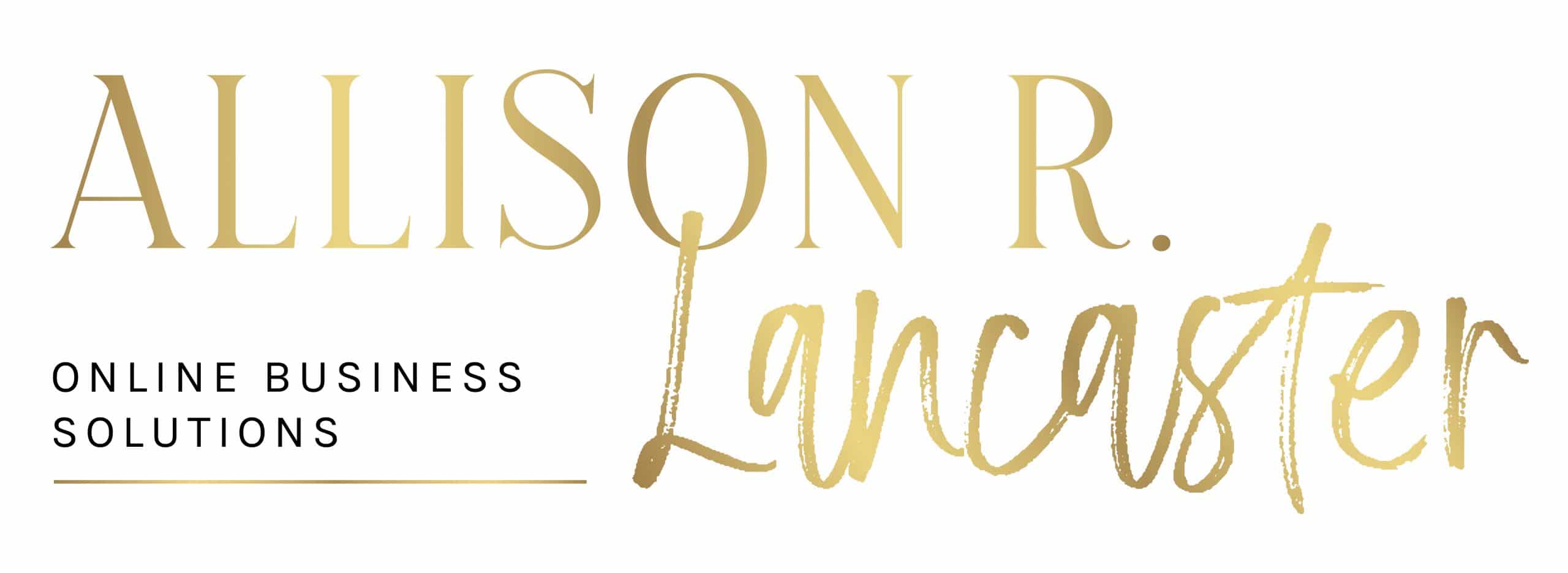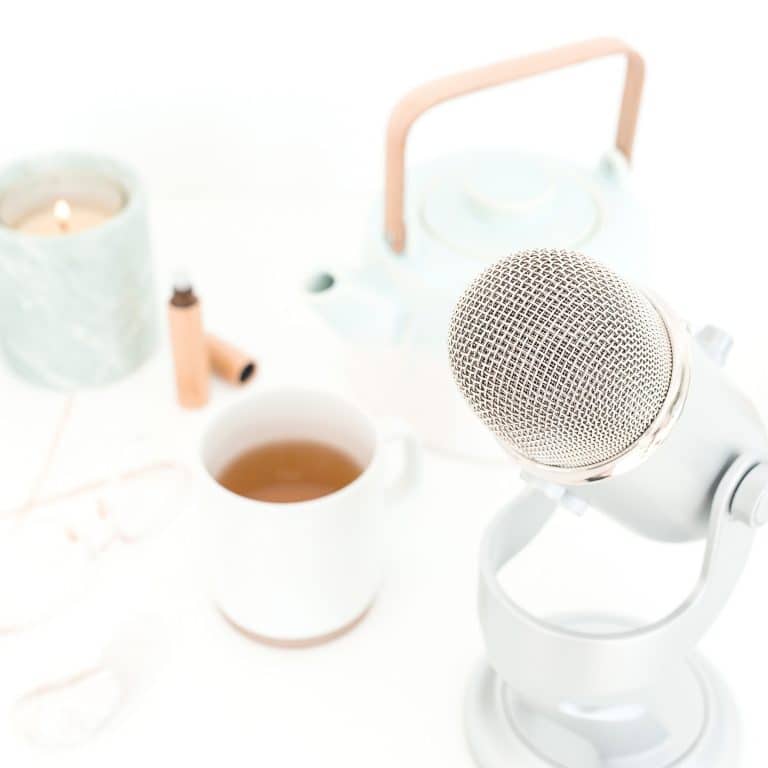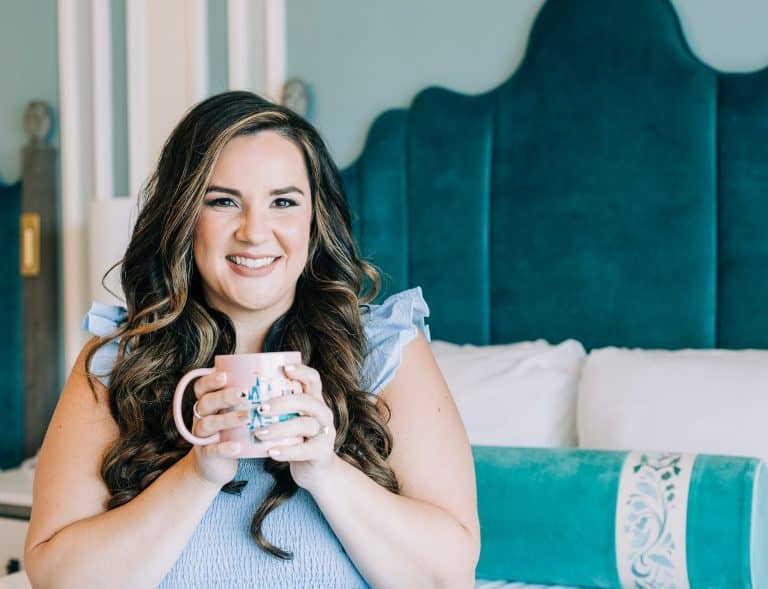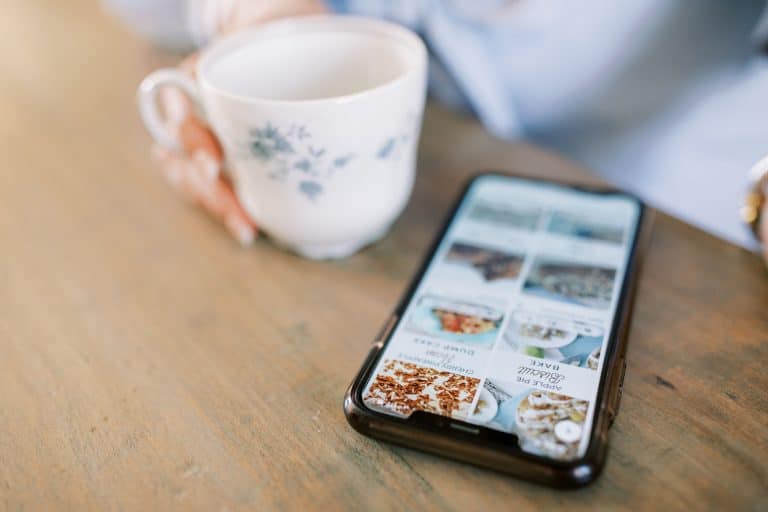Why Your Pinterest Titles and Descriptions Should Align with Your Blog Content
If you’ve been following me for a while, you know I’m all about optimizing your content for long-term sustainable success, and Pinterest is no exception. Over the last few months, I decided to closely track specific metrics across a wide set of accounts to test whether using fresh titles and descriptions for Pinterest pins really works as well as pulling content straight from your blog posts. Spoiler alert: after some serious testing, the results were crystal clear (and continue to support the strategy I’ve used over the last almost decade)—keeping things consistent between your blog and your pins works wonders. Here’s why.
The Experiment: New Titles & Descriptions vs. Blog-Based Titles & Descriptions
For this experiment, I compared two different strategies:
- New Titles & Descriptions – This approach involved creating completely unique titles and descriptions for each pin, separate from the blog content but related to other keywords found on Pinterest.
- Blog-Based Titles & Descriptions – This is the method I’ve always recommended, using the optimized title from the blog post (or a slight variation- adding in a new keyword or two where relevant) and pulling relevant content from the blog for the pin description.
I tracked key metrics like impressions, saves, clicks, and outbound traffic, and guess what? The blog-based strategy performed way better in terms of all these important factors.
Why It Matters to Keep Titles and Descriptions Aligned
- SEO Consistency Pinterest works just like a search engine—yup, it’s a visual search engine! And just like Google, it loves consistency. If your blog post is already optimized with relevant keywords, why not pull from that? This consistency makes it easier for Pinterest to understand and categorize your content, boosting your chances of appearing in more searches. Google also pulls pin images into search often so you want to push out those signals to Google as well as Pinterest.
- User Experience & Trust Imagine you click on a pin that says “Easy Weeknight Dinners” and then land on a post that has an in-depth recipe for filet mignon. Sure, it’s delicious but an easy weeknight meal? Probably not. Most users would probably click away, right? That disconnect hurts your engagement and bounce rate. By keeping your Pinterest titles and descriptions closely aligned with your blog content, you make sure that what users expect from the pin is exactly what they get on your site. This builds trust and keeps them coming back for more. Also, in the sea of AI spam, it makes your content more trustworthy and creates a user experience that keeps them coming back for more.
- Pinterest’s Quality Signals Pinterest is all about user engagement. If people click on your pin and quickly bounce, Pinterest starts to notice that your content isn’t providing what users want. They also crawl your site, I discuss this more in the below video. When your content matches your pin, users are more likely to stay and engage, sending Pinterest the right signals that your content is valuable and worthy of higher rankings.
Best Practices for Pinterest Titles & Descriptions
- Use Your Blog Post’s Title (or a Slight Variation) If your blog post title is “The Ultimate Guide to Sourdough Bread,” try something like:
- “Beginner’s Guide to Sourdough Bread” or “How to Make Sourdough Bread from Scratch”
- Incorporate Keywords Naturally Don’t stuff your descriptions with keywords, but make sure they’re in there! For example: “Want to make homemade sourdough bread? This beginner’s guide walks you through every step. Save this pin for later and start baking today!”. Again, try to make sure this content is actually IN your blog post somewhere.
- Write for People, Not Just the Algorithm Pinterest’s algorithm is important, but your audience comes first. Write descriptions that tell people what they’ll get and why they should click.
- Test Variations, But Keep the Core Message Intact Small changes to descriptions can help, but make sure the overall message is still in line with the blog content.
Final Consensus: Stick to What Works
The results of my test are pretty clear (and again, in line with what strategy I use on client accounts…it works!)—sticking with blog-based titles and descriptions is the way to go. It helps with SEO, improves user experience, and makes Pinterest happy. So if you’re looking to boost your Pinterest performance, keep things consistent!
Watch the full video here:







